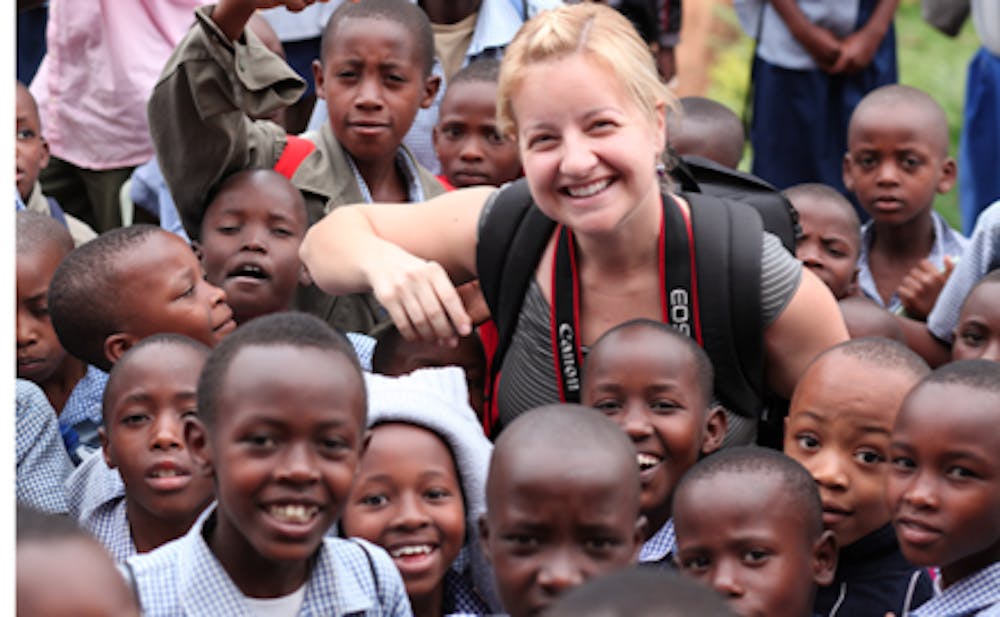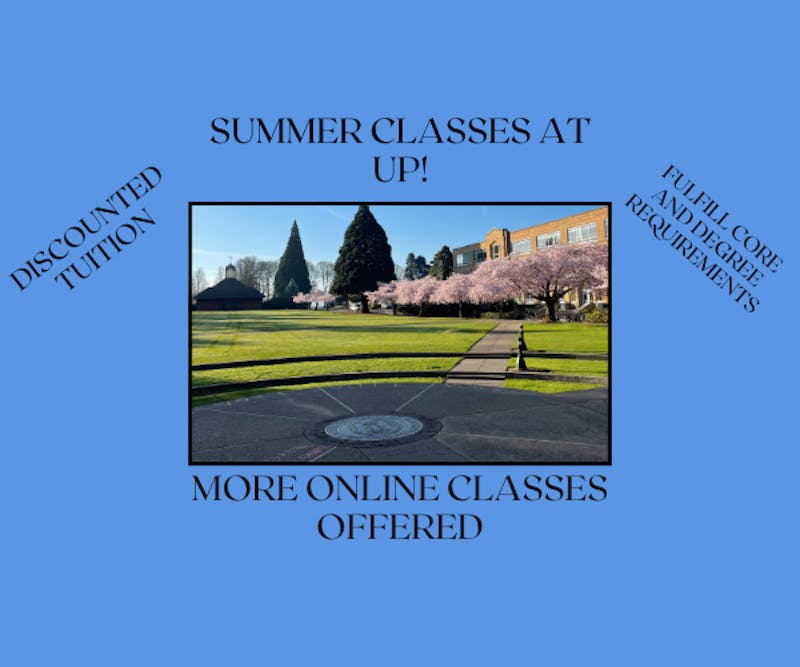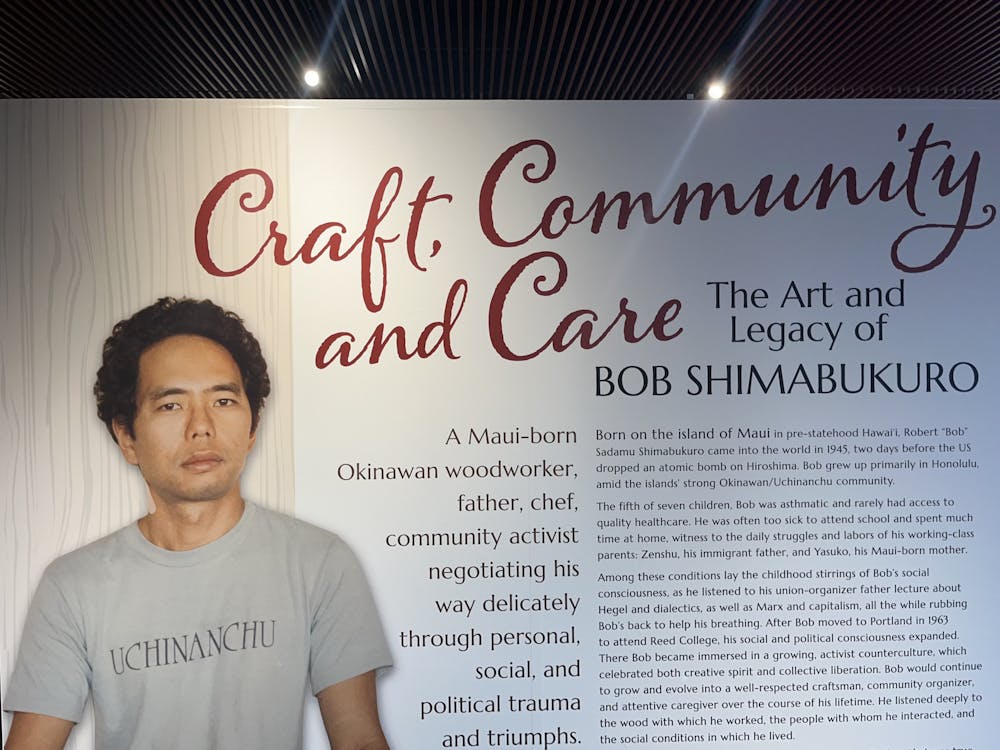Maggie Hannon |
If you begin to type “Rwanda” in the search bar of Google, the first hit is “Rwandan Genocide.” The notoriety of Rwanda that comes from its genocide that revolved around the ethnic conflict between the Tutsi and Hutu in 1994 is the only thing most Westerners know about the nation in eastern central Africa.
Enter “Rising Rwanda,” a project focused on the new generation of Rwandans that were born after the genocide by communication studies professor C. Vail Fletcher and California State Polytechnic University, Pomona photographer and professor Lorena Turner. This exhibit was created to show a different aspect of the nation as well as how far Rwandans have come following their tragic history. Turner and Fletcher have been exhibiting their material since finishing in 2010. It is currently being showcased in the Buckley Center Art Gallery and for the 20th anniversary, the United Nations will exhibit the project in June.
A different lens on Rwanda
Turner noticed that there was a lot missing in the documentary photography field about Rwanda’s progress from the genocide after traveling there on a separate, camera distribution project devoted to women who had been directly affected by the genocide.
“Going there and realizing that all of the photographic documentary work done in Rwanda has this kind of negativity to it,” Turner said. “It’s rehashing the recent history there and it really felt important to me that people in the West don’t continue to dwell on that history. That they move away from that history as much as the people from Rwanda are.”
Turner described the movement of progress for the new generation, but she also discussed issues in regards to communication and the way in which Rwandan history is presented to this new generation through oral tradition. Since the children only have what people tell them, there is a lot of power in the communication between those that lived through the genocide and the new generation.
“There’s a lot of the attempt at reconciliation. There’s a lot of hope and optimism. There’s also a lot of repression coming from the government about how people should communicate with each other about issues related to race and identity,” Turner said.
The two professors met teaching at California State Polytechnic University, Pomona. Turner and Fletcher agreed there needed to be an updated portrayal of Rwanda through their project.
“We really were interested in telling a different narrative than had been told prior and maybe one that was more positive,” Fletcher said. “So not focusing on specifically those that survived the trauma, the initial trauma, but really the role it had in the lives of people that were born immediately after the genocide.”
Building identity post 1994
The two professors had a clear idea going into the project of who they would want for their sample sources and the information that they wanted to take from this sample. In order to better understand the change in Rwandan attitudes since the genocide, Fletcher and Turner questioned children that were born any time after 1994. They looked specifically at the role of oral history and how this may have had an effect on the individual’s sense of identity in Rwanda today.
As a part of the project, the children first drew pictures based on simple questions about their daily lives.
“We were sort of inviting them to tell a story through art as well as narrative and really making them both part of the narrative,” Fletcher said.
According to Turner, this part of their work was used to facilitate discussion and be part of the photographs as well. Turner and Fletcher were able to use the children’s drawings to talk about other issues that needed to be addressed.
The portraits of children from both a rural city of Nyarubuye to the capital city of Kigali focused on the effect of the genocide on the children’s overall outlook towards their lives and sense of identity. Fletcher interviewed 35 participants and asked basic questions to understand their concept of identity.
“We didn’t really know what specifically would get at identity and sense of self, but we asked things that you would ask a 10-year-old in the United States: ‘What do you want to be when you grow up.’ for example,” Fletcher said. “One of the most common answers that we got, and this is a way that it points back to the genocide, is that over 20 children said that they wanted to be a medical aid when they grew up.”
When Fletcher inquired further, she said the children would say, “‘I want to be a medical aid so I can help people that have been macheted.”
A hue apart
Turner photographed the children in front of a bright colored felt background that she set up for each shoot to reveal the attempts to separate the new generation from the old.
“All the colors that they’re photographed in front of were chosen to specifically isolate them visually and symbolically because we wanted to represent the fact that they’re not connected to the history, or symbolically represent the attempts that the country is making to disconnect them from their history,” Turner said.
Fletcher and Turner chose to use the exhibits to showcase their work rather than publishing their findings in a journal because they wanted to make their work more available to a broader audience.
“What’s interesting about this project is that (Lorena and I) bring very different lenses for understanding the world and getting to know the world,” Fletcher said. “What we wanted to do was design a project that had great public accessibility. So not the academic audience, but we wanted a public audience.”
For Fletcher, exhibiting her work at the United Nations is one of the many rewarding aspects for the work done on this project. “That’s pretty much a pinnacle for me of what I want to do with my life,” Fletcher said, “which is take something as serious as a major international conflict, one of four genocides in the 20th century, tell some narrative about that, that maybe isn’t being told or hasn’t been told and having it shown to an audience that is a) very interested and b) has the potential to make change.”See the Exhibit:
Where: Buckley Center Art Gallery
When: Feb. 10 - March 15








